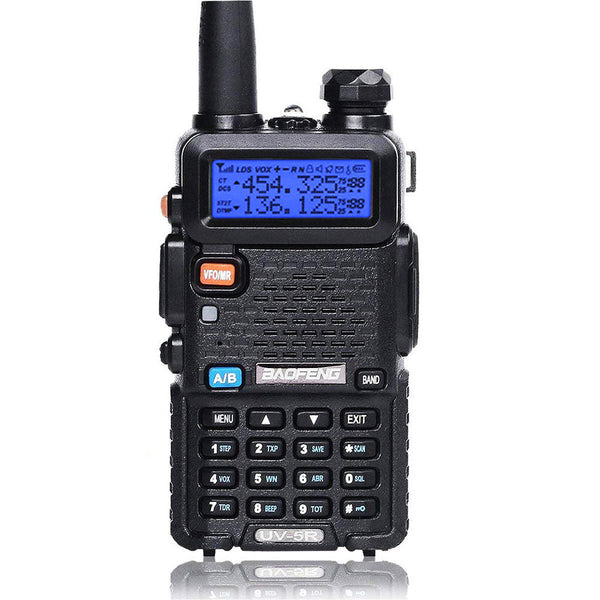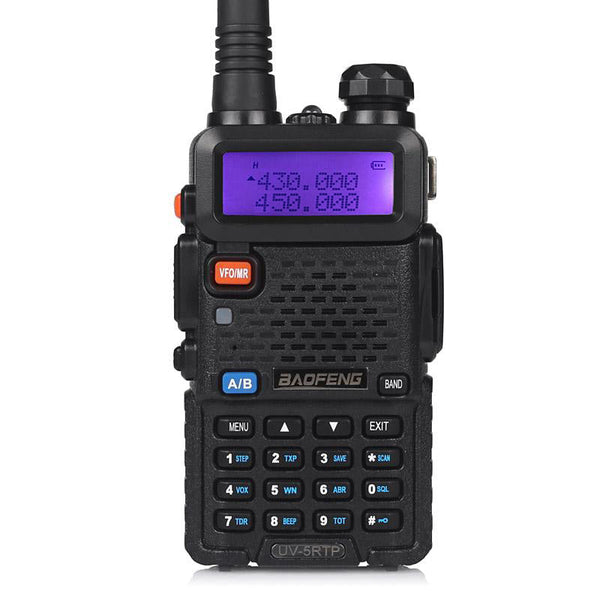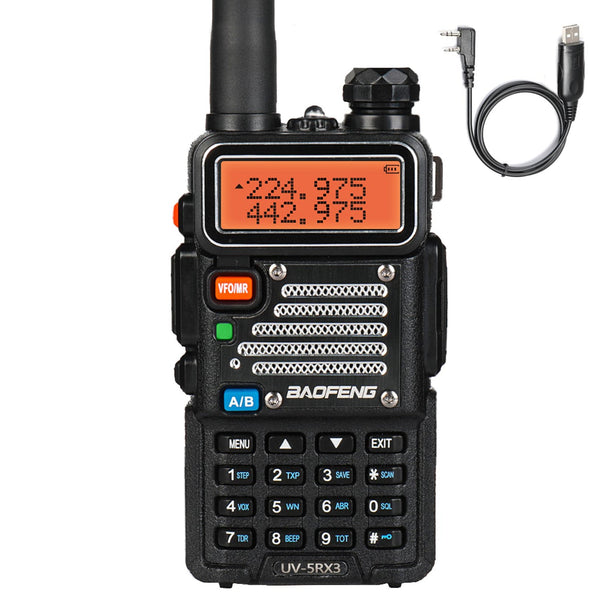Introduction
In modern two-way radio usage, personalization has become a key factor in enhancing user experience. One popular customization feature is the ability to set a custom boot image, allowing users to display a unique personal or company logo when powering on the device. This guide provides a step-by-step tutorial on how to set a custom boot image on Baofeng radios (such as the DM-32UV, UV-5RM Series, and UV-17R Series).
Preparation
Before starting, ensure you have the following:
1. A Baofeng radio that supports custom boot images (e.g., UV-5RM Plus, UV-17R, DM-32UV).
2. The official Baofeng programming software (CPS).
3. A programming cable (USB or serial).
4. A properly formatted image file (BMP format, matching the radio’s screen resolution).
Step-by-Step Setup (Using UV-5RM Plus as an Example)
Step 1: Download & Install the Programming Software
1. Visit the Baofeng official website and navigate to the Downloads.
2. Download the correct CPS for your radio model.
3. Install the software on a Windows PC (Baofeng CPS does not support macOS).
Step 2: Prepare the Image File
1. Check screen resolution (UV-5RM Plus requires 160×128 pixels).
2. Convert the image to BMP format (must be under 100KB).
Using Windows Paint (Example with AI-generated image):
1) Open Paint and load your desired image.

2) Click "Resize" (or press Ctrl+W).

3) Uncheck "Maintain aspect ratio".
4) Set Pixels → Horizontal: 160, Vertical: 128.
5) Save as BMP (.bmp) format.

Step 3: Upload the Custom Boot Image
1. Open CPS and go to Tools. Then Select "Power On Picture".

2. Choose the correct COM port and click "Open Image".

3. Select your prepared BMP file and click "Import Picture".

5. Wait for the upload to complete.
6. Power off the radio, then turn it back on to see the new power-on image.

Troubleshooting Tips
Image not loading?
> Ensure the file is BMP format and under 100KB.
> Check if the COM port is correctly selected.
Radio not responding after upload?
> Restart the radio and reattempt the process.
> Try a different USB port/cable.
Image appears distorted?
> Verify the resolution is exactly 160×128.
> Avoid using complex images (simple logos work best).
Conclusion
Customizing your Baofeng radio’s boot image is a great way to personalize your device. Follow this guide carefully, and you’ll have a unique startup screen in no time!
Have you tried setting a custom boot image? Share your experience or questions in the comments below!





When trying to perform these steps it loads to the radio, but it does not appear to load the image correctly on start-up. The image is in broken up horizontal lines with white space in between. Please advise on a solution to solve for this issue.